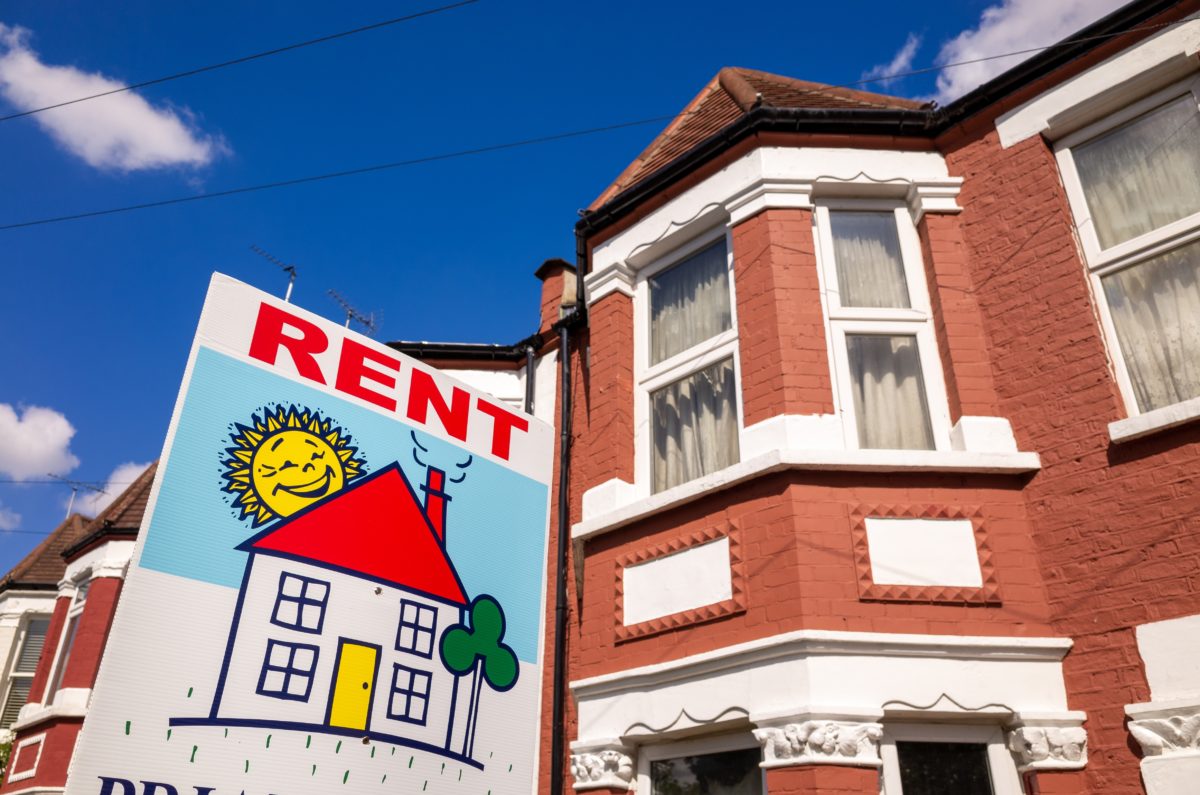Do I need a snagging list for a new build home?
Snagging lists and new build homes. Here, Jessica Hughes explores what snagging lists are, whether you should do one, and when you should complete a snagging list.
What is a snagging list?
A snagging list is a list of defects identified on a new build property, for example, poor plastering, incomplete paintwork, doors not properly closing etc. It will not cost you any money to complete the items on your snagging list as this is covered by your home builder, due to things being missed during the build or not being properly completed.
When to complete your snagging list?
You should compile a list and submit this to the home builder or agent, as soon as reasonably possible after completion. The sooner you notify them, the sooner your defects should be rectified.
Double check what is noted within the contract regarding submitting your snagging list, is there a time limit? Ensure that the developer has agreed within the contract to rectify snags within a reasonable amount of time.
Some developers will allow you to access the property prior to completion for a walk around, to show you around your new house and show you how everything works. You can have a look around the property then and complete your snag list but you are unlikely to note every defect. It is likely you will not notice some of the snags until you have moved into your home as there is a lot to check. Developers also won’t allow you to hold up completion whilst the snags are rectified, you will still be expected to complete and allow the developer and their workmen reasonable access to the property to rectify the defects.
Who should carry out the snagging list?
You can compile a snagging list yourself, snagging issues can be just cosmetic so this is something you can point out yourself, following a full inspection of your new property.
There is a possibility that there can be more serious defects and unless you have experience in construction, it is unlikely you would be able to identify this yourself but the property does need to be signed off for compliance with building regulations, and the warranty provider needs to inspect the property to confirm it complies with their standards. Therefore, the property should not have any structural or build issues.
You can pay a professional to complete a snagging report on your behalf and liaise with the developer regarding this, similar to when you obtain a survey on an older property. They will have seen many new builds and know exactly what to look out for in terms of defects, leaving you to focus on settling into your new property.
Warranty
Your new build property will come with a warranty, there is an initial developer’s warranty and also a structural warranty.
The developer warranty often covers the first 2 years of ownership, this means the developer will be responsible for correcting any issues which may have been caused during construction. It is important to ensure any ‘snags’ are reported within the first 2 years under the developer’s warranty, whilst they are responsible for rectifying any issues under their warranty.
The structural warranty covers years 3-10. The warranty provider most people are familiar with is NHBC, this is the most well known. This deals with structural issues and there is an excess for making a claim on this. This is strictly for structural defects and would not assist you with issues such as a window not properly closing, whereas the initial developer warranty may cover this.
Should you complete a snagging list?
Yes it is recommended to submit a snagging list to the developer, as they will rectify the issues which have been caused during construction of the property. It is your decision as to whether you decide to have this conducted by a professional or complete this yourself. A professional company are more likely to pick up on major issues.
By Jessica Hughes










